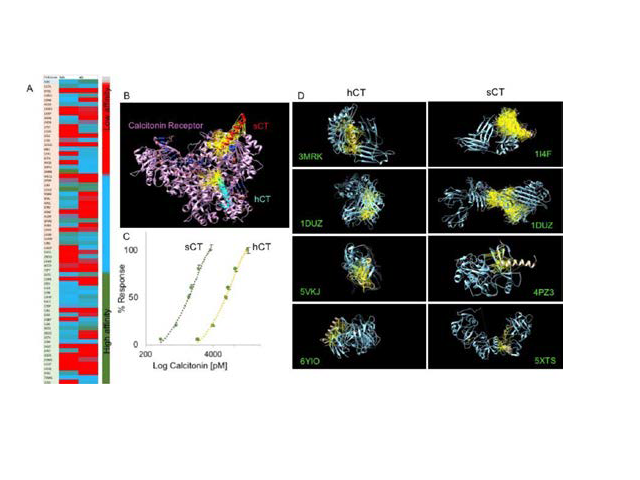Protein Binding and Differential Distribution of Calcitonin in the Sub-compartments of Blood: An in vitro Study
DOI:
https://doi.org/10.5530/bems.8.1.3Keywords:
Calcitonin, Protein binding, Compartmentalization, Sustained effects, PKPDAbstract
The pharmacodynamics effects of therapeutically administered calcitonin is observed for extended duration much beyond its reported short half-life. The rationale for this pharmacodynamic-pharmacokinetics mismatch of calcitonin is not known. Hence in this study the hypothesis on sub-compartmentalization of calcitonin in blood to explain the extended pharmacodynamics effects of calcitonin was evaluated in vitro using the sheep blood model. A relatively higher proportion of calcitonin concentration was observed in the WBC compartment. The partition coefficient analysis showed levels of calcitonin to be higher on WBC membrane compared to intracellular. Molecular modelling to assess the binding of calcitonin with protein in plasma and WBC membranes indicated physiologically relevant higher affinity with beta-2-microglobulin’s in plasma and glycoproteins (CD44), sushi domains (CD25), fibronectins (CD206) and siglecs (CD22) on WBC membrane. The physiologically relevant higher affinity with several proteins on WBC membrane and plasma can be responsible for extended pharmacodynamics effects observed for therapeutically administered calcitonin.

Downloads
Published
How to Cite
Issue
Section
License
Copyright (c) 2022 Biology, Engineering, Medicine and Science Reports

This work is licensed under a Creative Commons Attribution-NonCommercial-NoDerivatives 4.0 International License.









